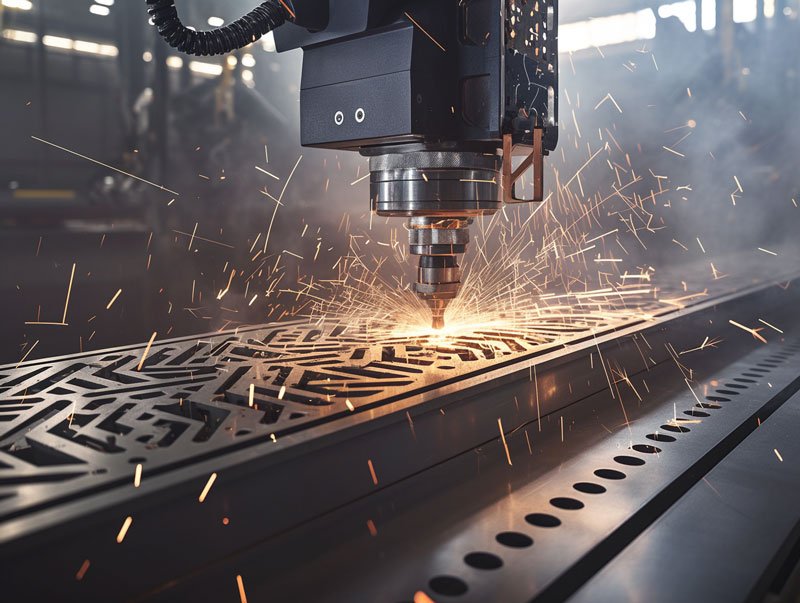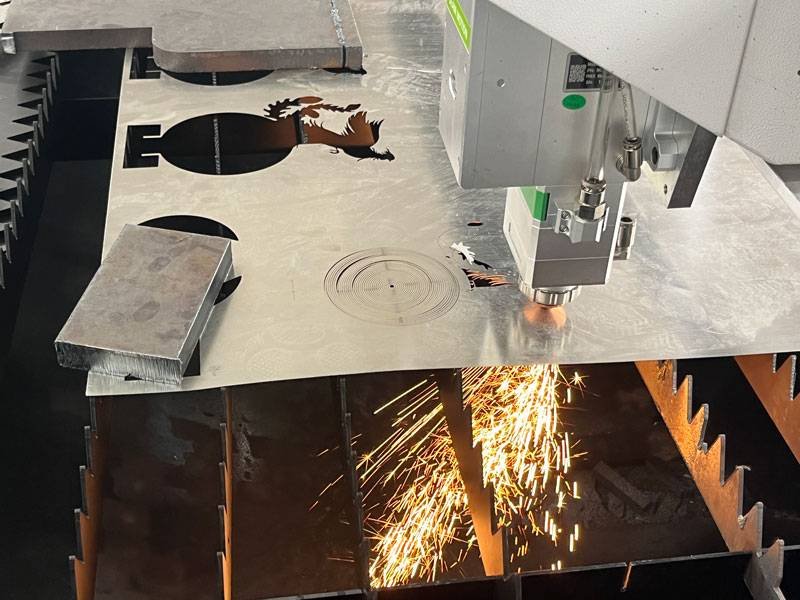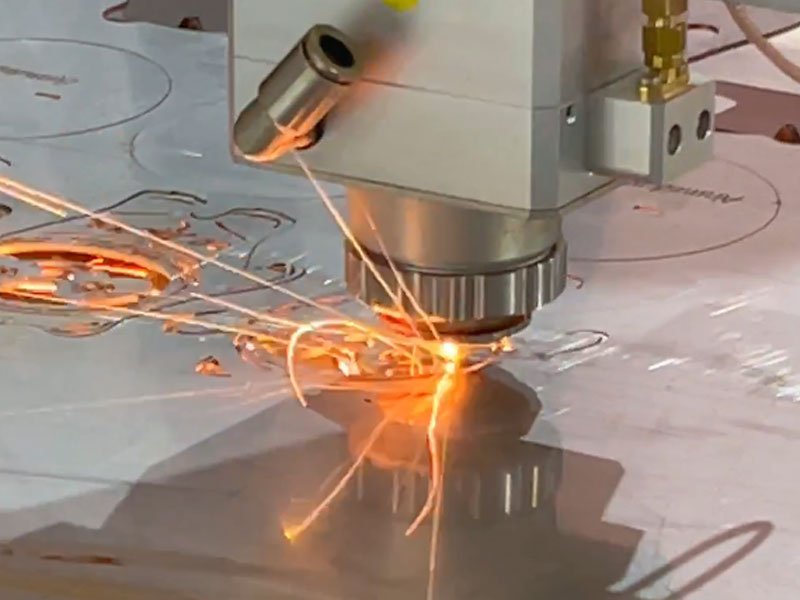Fiber laser cutting technology has revolutionized the metal fabrication industry. Selecting the right fiber laser cutting machine is crucial for achieving precision and efficiency in metal cutting. This guide will delve into the essentials of fiber laser machines, their benefits, key features, and tips for choosing the best option for your needs.

What is a Fiber Laser Cutting Machine?
A fiber laser cutting machine uses a high-powered laser beam generated by a fiber optic cable to cut through various metal materials. Unlike traditional CO2 lasers, fiber lasers offer superior efficiency, making them ideal for cutting thin to thick metal sheets. Their precision and speed make them a popular choice across industries, including automotive and aerospace.
Key Features to Consider
- Power and Performance: The wattage of a fiber laser cutting machine directly impacts its cutting capabilities. Higher wattage allows for faster cutting speeds and the ability to handle thicker materials.
- Material Compatibility: Fiber lasers are versatile and can cut various metals, including stainless steel, aluminum, and brass. Assessing the types of materials you’ll work with is essential.
- Cutting Speed and Precision: Fiber lasers excel in delivering high-speed cuts with clean edges, reducing the need for secondary finishing processes. The precision of these machines minimizes waste and enhances overall productivity.
- Control Software: User-friendly software is vital for ease of operation. Look for machines equipped with advanced software that supports CAD files and offers real-time monitoring and adjustments.

Benefits of Using Fiber Laser Cutting Machines
- Efficiency and Cost-Effectiveness: Fiber lasers are energy-efficient, leading to lower operational costs. Their speed means higher production rates, maximizing profitability.
- Versatility: These machines are adaptable to various applications, from intricate designs to large-scale production runs. Industries like automotive, aerospace, and metal fabrication benefit significantly from their capabilities.
- Quality of Cuts: Fiber lasers produce clean, smooth cuts with minimal kerf width, resulting in less material waste and better overall quality.
- Low Maintenance Requirements: Compared to traditional laser systems, fiber lasers require less maintenance, leading to reduced downtime and operational disruptions.
Choosing the Right Fiber Laser Cutting Machine
- Assessing Your Needs: Consider your production volume, material types, and specific cutting requirements. A thorough assessment ensures you select a machine that aligns with your business goals.
- Budget Considerations: Balance your initial investment with potential long-term savings. A higher-quality machine may have a higher upfront cost but can lead to greater efficiency and reduced costs over time.
- Supplier Reputation: Partnering with a reputable manufacturer like Dowell Laser ensures access to reliable support and quality equipment. Research customer reviews and testimonials before making a decision.

Maintenance Tips for Fiber Laser Cutting Machines
- Regularly inspect and clean optical components to maintain cutting quality.
- Keep the machine’s software updated to benefit from the latest features and improvements.
- Address common issues promptly, such as misalignment or power fluctuations, to prevent larger problems.
Conclusion
Investing in a fiber laser cutting machine for metal can significantly enhance your production capabilities and quality. With their efficiency, precision, and versatility, these machines are a valuable asset for any metal fabrication business. If you’re ready to elevate your cutting operations, contact Dowell Laser for expert guidance and top-notch equipment.
